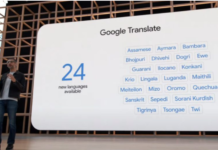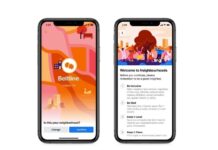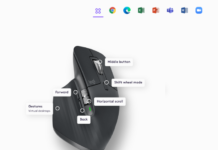Pokemon Go Game Review – Not Bad
Nintendo launched Pokemon Go
Pokemon Go (Android, iPhone)
Developer: Niantic
Publisher: Nintendo
Released: July 6, 2016
MSRP: Free
Last week, Nintendo launched Pokemon Go. It’s an augmented reality smartphone game that allows you to capture, train, and trade virtual creatures that appear in the real world. Players can roam their neighborhood to find Pokemon, throwing a virtual ball to capture them.
Let’s be honest throwing birds at pigs can only be interesting for so long – nor am I the kind of person who spends much time getting good exercise outdoors. But Pokemon Go has me doing a lot of both.
A lot of modern games are built off of trying to get people as dedicated and involved as possible and this can be a really bad thing. It also leads to serious problems like gaming addiction and bankruptcy.
Pokemon Go has me addicted but not just to my phone, but to a good hour or two of walking around outside each day getting some of that fresh air and exercise I’ve heard so much about. As for the game itself, it’s enormous fun.
Not only is there a great nostalgic feel but it’s really got something for everyone. Not much for battling? You can just catch and raise your Pokemon, or photograph them, and still, have plenty of fun.
A lot of people might think that games ruin or waste our lives. Pokemon Go might become one of the first to be widely recognized for improving them.
It’s fitting that Pokemon’s most significant evolutionary leap in its 20-year history is on a mobile platform, which mirrors its humble origins on the Game Boy. We’re going outside with Pokemon Go, catching Pokemon with friends, fighting over gyms, and making new friends along the way.
Much of Pokemon Go’s augmented reality infrastructure was already in place thanks to developer Niantic’s location-based MMO mobile game, Ingress. Both games feature point-of- interest check-ins and territorial conflicts, except that Go features three teams compared to Ingress’ two, designated conflict zones are now gyms, and landmarks are called Pokestops.
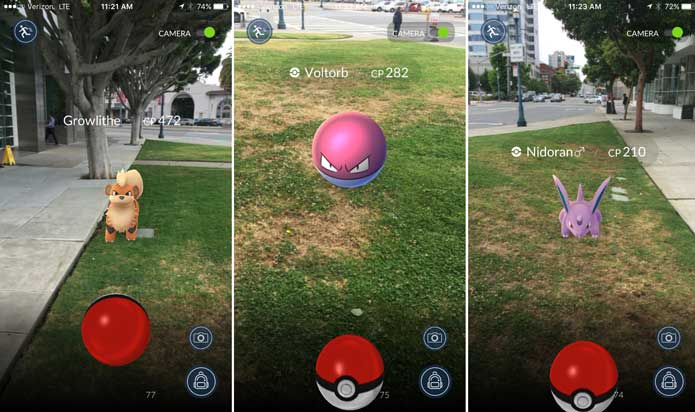
Assuming you’re in a densely populated area, you won’t have a problem growing your collection as there are Pokemon everywhere. The act of capturing these critters follows the single-thumb input of many popular mobile games. Simulating a throwing motion, a forward swipe toward your target (with a bit of finesse for specific distances) is all it takes to trap basic Pokemon.
It’s a credit to the diverse behaviors of these wild beasts that you can’t lackadaisically throw Pokeballs as you attempt to capture them- you have to factor whether the Pokemon can fly, jump, or deflect incoming Pokeballs.
These pocket monsters litter the landscape often in accordance to their terrain. It’s not unheard of to come across a water-type Goldeen around a town square but they’re more abundant around large bodies of water.
The simple act of leaving your familiar dwellings will open you to a wider, more diverse net of potential captures. This, along with the high gym count in cities, underscores the disadvantages of rural players, many of whom have relatively limited access to rare Pokemon.
It is through rampant collecting that Go showcases much of its depth, especially to Pokemon novices. The chances of capturing the same monster with the exact same stats are astronomically low, which makes capturing multiples of the same Pokemon a sound tactic. This, along with the initial storage limit of 250 Pokemon, spurs you to make judgment calls on which ones to keep and which ones to recycle.
Everyone wants to catch em’ all, and now you can. Nintendo announced a phone Pokemon game a few years back and gamers have been clambering to have access to it ever since. Nintendo promised a full Pokemon experience and for the most part, they have delivered. With the ability to choose your starters, battle gyms, and hit up Pokestops, Nintendo has successfully made gamers actually feel like Poketrainers. However with new frontiers, there are bound to be bumped.
For the most part, Pokemon Go runs very well, or as well as it can be based on reception and provider which are both out of Nintendo’s hands. However soon after the app launched most hopeful gamers had their excitement delayed. Most of the first day and a majority of the second day had gamers looking at servers not responding page.
Now this is not fully Nintendo’s fault with the number of people who jumped on the app. However with the game fully depending on a GPS signal and being connected to the servers the fact they were so temperamental broke the game. After a few days, the servers seem to be fairly reliable. However, I still have yet to take over a Gym because of the servers.
Even with all, it’s problems, Pokemon Go has been an addicting experience. Training Pokemon to high levels with candies, catching new Pokemon to increase your Pokedex, or just (trying to) battling Gyms this game has been a surprise. Everything you expect from an app game is there. The app is free to download, however, it does include micro-transactions. In order to have a good supply of Pokeballs or lucky eggs, you need to either hold a Pokemon Gym for a few days or purchase coins with real world currency.
There’s added depth in the actual battle, which plays out in real time. Careful timing is needed when attacking (screen tapping) and dodging (screen swipes), and your stats determine the effectiveness of your offensive moves as well your capacity to take hits. What makes these duels even more involved is the ability to gang up on a gym team with multiple concurrent battles.
The opportunities to participate and excel in a group help lower the barrier to entry for latecomers. This is partly because the takeover of a gym is not determined by a single fight, but rather a series of encounters that could potentially wear down the gym owner over time.
It’s a blessing that gym battles can be a collaborative effort since Pokemon Go offers little instruction on how to be victorious in these virtual face-offs. The nuances and timing of attacks and dodges are learned through trial and error and sharing experiences with players in public.
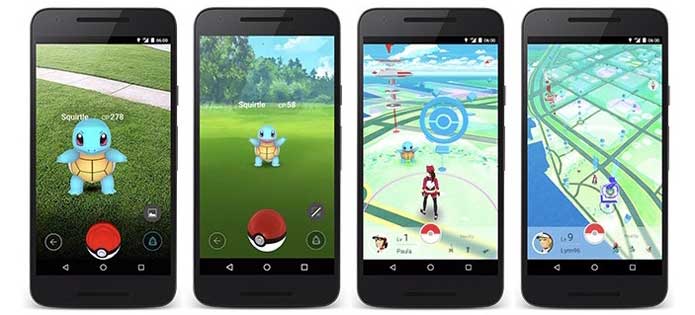
You won’t learn advanced controls and tactics in the game like adding spin your Poke Ball to making special throws. It’s not ideal, but at least there is gratification in socializing with other players to figure out the game’s esoteric mechanics.
The sharing of notes, group capture sessions, and bonding through team battles are Pokemon Go’s social strengths and help fans ignore the current absence of a key series component: trading.
One crucial design benefit of Pokemon Go is that its social draw isn’t limited to adversarial team battles. Collecting can be a communal effort because no one wild Pokemon is exclusive to the first person who captures it.
Once a 60 kilogram Charmander with 260 CP shows up at the Starbucks on 4th and Main Street in San Francisco, every player has a fair opportunity to capture it. This experience can be greatly enhanced with lures, consumable items that attract more Pokemon to a set location. More Pokemon begets more people which can lead to new friendships.
Pokemon Go’s strengths can’t hide the fact that its initial iteration is a buggy mess on all levels, from the server and potential security issues to invisible trainers. Crashes can come during monster captures, GPS reconnections, and even when you’re taking a screenshot.
One particularly upsetting issue is a bug that makes gym opponents invincible, which is especially unfair if you’ve exhausted your best Pokemon during this battle. These issues occur often enough to cause immense frustration but not enough to warrant giving up altogether.
Compounding these issues is Go’s high battery consumption. Even with the AR camera turned off and power saving option turned on, it’s still possible to fully drain a year-old Samsung Galaxy S6 in less than two hours. Expect to invest in an external battery if you don’t own one already.
Speaking of spending money, the in-game shop offers a collection of optional items, though they may only be valuable to truly ambitious players. In classic free-to- play fashion, the majority of the shop items merely accelerate the monster collecting process, whether you’re using lures and incense to attract Pokemon or cracking lucky eggs for a temporary experience bonus.

Speaking of evolution, Pokemon Go treats evolutions slightly different than your typical Pokemon game.
In a normal game, you are tasked with leveling up your Pokemon to evolve them, however in Pokemon Go you need to use candy. Each Pokemon has a candy assigned to it and you need to collect this candy by capturing multiple of the same Pokemon.
This always gives you something to do because even when you have the final evolution form you still need the candies to make that Pokemon stronger.
Pokemon Go is doing something no game or app has ever done before, got people to move. Yes, other apps have pushed people to get up and move, however, none to this extent. I see people walking around the city just because of Pokemon GO now, not because they have some place to be.
Gamers and Pokenerds are now outside in parks talking to each other. This app, if it keeps it steam, will become a revolution. Nevertheless gamers please be careful, regardless of how many good awesome people you meet there will be some who are trying to take advantage. Please go out and meet friends and trainers, just keep vigilant. Now go catch’ em all.








